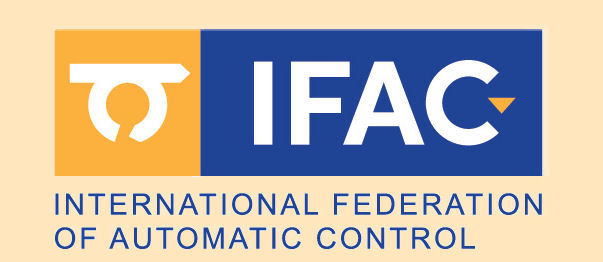| Paper WeAT5.3
Meattini, Roberto (University of Bologna), Bernardini, Alessandra (University of Bologna), Palli, Gianluca (University of Bologna), Melchiorri, Claudio (University of Bologna)
Comparison of Weakly Supervised Regression of sEMG Signals with State-Of-The-Art Unsupervised Methods for Robot Hand Control: A Pilot Study
Scheduled for presentation during the Regular Session "Robot Hand Control" (WeAT5), Wednesday, July 16, 2025,
10:40−11:00, Room 109
Joint 10th IFAC Symposium on Mechatronic Systems and 14th Symposium on Robotics, July 15-18, 2025, Paris, France
This information is tentative and subject to change. Compiled on July 16, 2025
|


 This site is protected by copyright and trademark laws under US and International law.
This site is protected by copyright and trademark laws under US and International law.